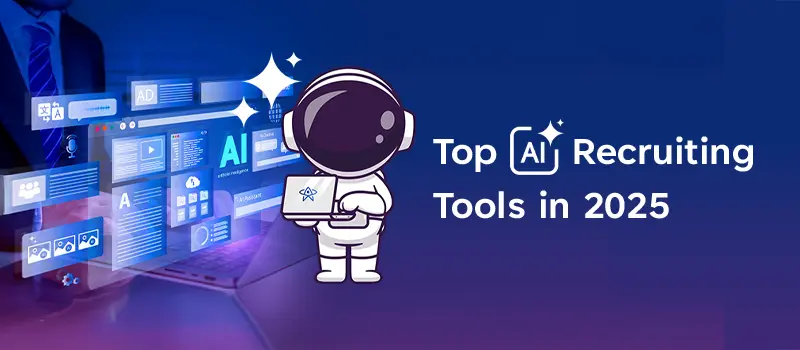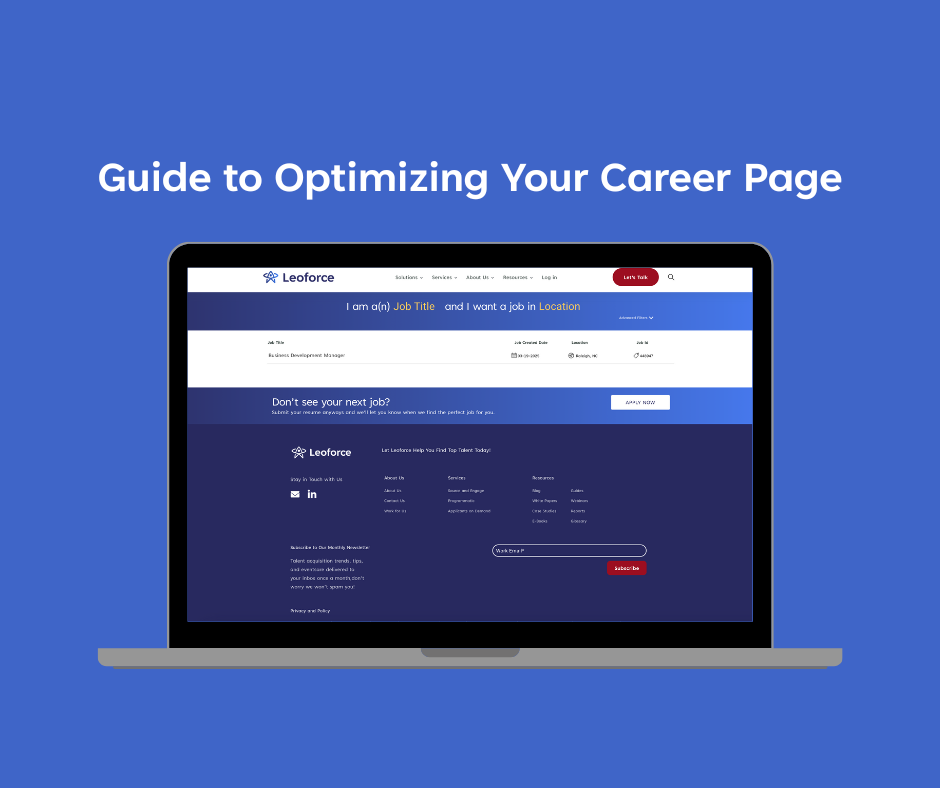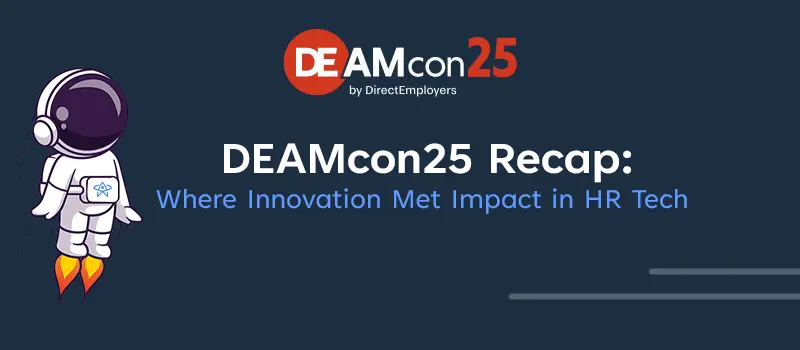5 stages of Candidate Engagement: Ideas & best practices

In the wake of major economic turns, the employment market oscillates between an employee-driven market and a candidate-driven market. However, some aspects of the recruitment drive have held the same values consistently. Candidate Engagement is one such. An Echevarria report highlighted that 50% of job seekers they surveyed declined a job offer due to poor candidate experience [1]. While Talentegy found out that 82% of job seekers advocate for employers with whom they had positive candidate experience [1]. Moreover, informed candidates are likely to choose your company even before you can engage with them.
Investment in candidate engagement is vital for saving HR teams time and resources. So, with that in mind, this article presents the five stages of candidate engagement you should understand to implement in your hiring strategies. But first, let’s get a primer on candidate engagement itself.
What is candidate engagement?
Candidate engagement is the technique and tracking of timely communication with your candidate throughout the recruitment process. It can be done online or face-to-face. The objective is to keep all candidates informed, with proper updates on steps and information on an organization, while keeping them engaged enough to avoid dropping off the recruitment process without coming to a conclusion.
This automatically equates to the candidate being in sync with the organizational culture and more likely to be a better fit upon being hired. Creating proper processes with candidate engagement tools that come with AI recruitment software can be helpful as companies can take care of recruiting while ensuring seamless engagement on the same platform.
That said, let’s jump right on to the candidate engagement stages:
5 Stages of Candidate Engagement
As a recruitment drive has various stages for candidates in the pipeline, the communication requirements and frequency are different. The process for candidate engagement can be divided into five major stages:
Raising Awareness
The first step – awareness – is essential since before any candidate applies for any open job position, they should get the basic requirements of the vacancy and organization. They should also have information on the value proposition on offer for future employees.
Here are some key aspects to kick-start your candidate engagement on the right note:
- It starts off with recruitment marketing, i.e., the mechanism for drawing more skilled/qualified aspirants into the recruitment pipeline.
- This will cover job descriptions, job/career portals, presence on professional platforms, and so on.
- Recruitment marketing can only be successful by tapping suitable technologies such as ATS (applicant tracking systems), AI sourcing tools, and other solutions for showcasing your company in the best possible manner.
- Employee referral is also a proven technique
Nudging Consideration
Once the candidate knows more about your organization, they will consider whether to submit an application and how. It would help if you strived to make this decision easier for them by suitably showcasing and highlighting all the reasons why working for you will be beneficial for them. Update all your company’s online channels across career sites, social media platforms, profiles on LinkedIn or Glassdoor, etc. In this regard, an AI recruiting tool can save you from the hassle of pushing relevant posts on multiple platforms in one go.
How to do it the smart way:
- Employee testimonials are a powerful way of communicating company culture to the outside world and even candidates.
- Try blogs, videos, and quotes from present employees in the organization.
- Candidates will appreciate an insight or inside view of the company.
Building Interest
You already have your candidates engaged with the company at this stage. You now have to build their interest. With their shift through the recruitment funnel, they will now go deeper into your job descriptions and see whether they fit the requirements. So, you should focus on writing descriptions with care from the get-go.
While language and presentation are the keys, below are some other practical tips:
- Refrain from sounding generic, vague, and unexciting.
- Revisit and change your job descriptions while strategically highlighting the essential rewards and benefits.
- Have links to resources for helping candidates build interest and Learn More about the organization.
Assisting Assessment
The candidate is well and truly within the system at this juncture. You can now assess their fit for the company and job role in question. Make sure that you refrain from putting off aspirants due to an interview procedure that is complicated, irrelevant, and lengthy.
You should focus on the questions that really matter, helping you get down to the brass tacks without unnecessarily fluffing around. For convenience, you can have a basic template, i.e., the candidate’s availability for the job role, the best and worst things about their previous job, why this position attracts the candidate, and how the candidate would fix a specific problem.
Closing Candidates
Now that the candidate has already applied and, post analysis, received an offer, you should close it out for seamless onboarding. Remember that you should set up every new hire for maximum productivity. Here’s how:
- You should also get all the official paperwork done, including background checks, signatures, etc.
- You should also get candidates interested in their new job roles and responsibilities. Start by extending a heartfelt welcome to a new recruit with all the team members in tow.
- You can arrange for a token of appreciation like a company voucher, a handwritten card from the team, a gift or goodie box, a hamper, and so on.
Takeaways
Ensuring an informed, engaged, and updated prospective cohort of candidates increases the chances of attracting the top talent. This demands critical planning of all aspects and stages of candidate engagement. When you have a large number of candidates, it makes sense to automate parts of it. It’s a good sign that several global organizations plan to invest in various technologies for candidate engagement like video job descriptions (65%), job description optimization (55%), text-based recruiting (48%), predictive analytics (31%), interview scheduling (29%), etc [1].
Here, candidate engagement tools like Leoforce Quantum shine out as, in addition to candidate communication, they help with sourcing, sorting, and selecting candidates. Ask for a demo today to see how Leoforce can scale and speed up candidate experience levels in sync with company strategies.
FAQs
What are the different stages of candidate engagement?
The stages of candidate engagement can be divided into: Awareness, Consideration, Interest, Assessment, and Closure, which basically covers everything from rolling out vacancy to onboarding the candidate.
Why is candidate engagement critical?
Candidate engagement is vital for a number of reasons, including enhancing candidate interest, building employer branding, attracting quality leads, and more.
What are the challenges of candidate engagement?
The significant challenges of candidate engagement include an overload of applications, drop-outs/ghosting, lengthy recruitment processes, one-way communication, etc. Most of these can be taken care of using AI-powered candidate engagement tools to save time and effort.
Reference
[1] https://financesonline.com/candidate-experience-statistics





